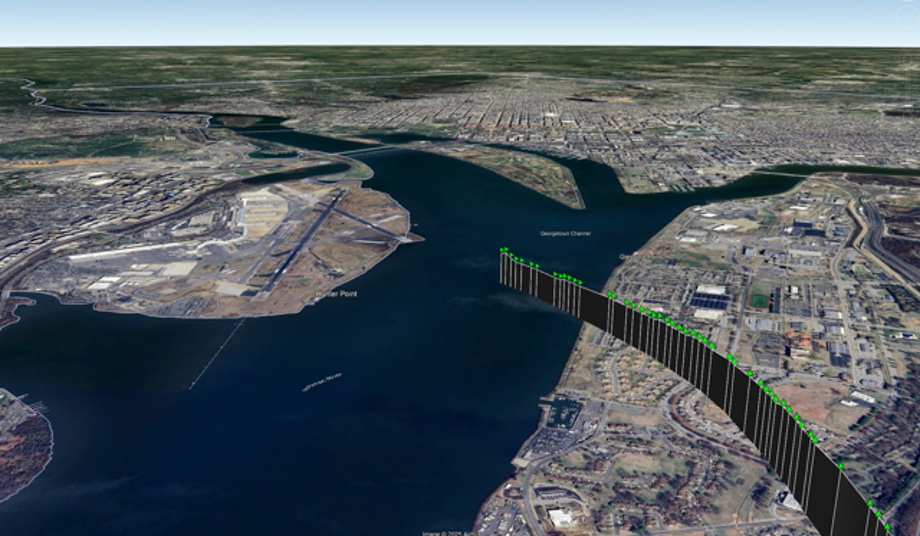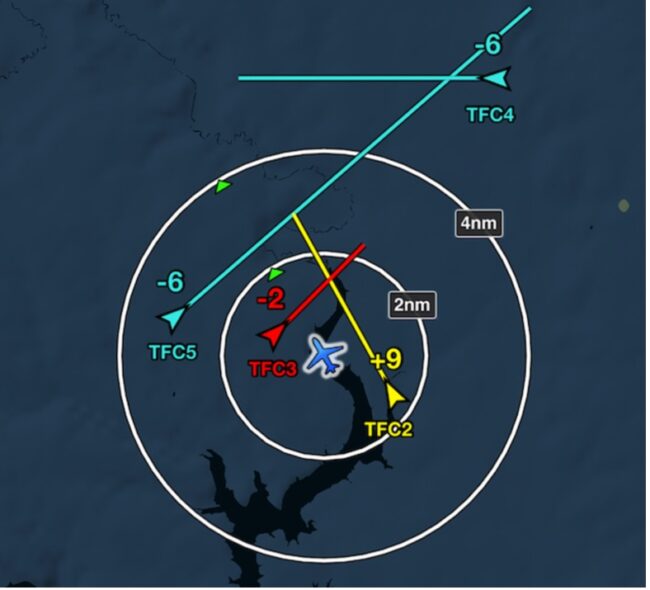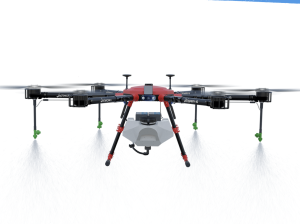Op-Ed: The Role of ADS-B in Preventing Mid-Air Collisions
By Christian Ramsey
Editor’s Note: Christian Ramsey, Chief Commercial Officer at uAvionix, provides insights into current technological measures designed to reduce aircraft collision risks, particularly in light of a tragic incident near Washington, DC, on January 29th, where a regional jet collided with an Army Black Hawk helicopter close to Ronald Reagan Washington National Airport (DCA).
“I suppose it is tempting, if the only tool you have is a hammer, to treat everything as if it were a nail.” – Abraham Maslow.
At uAvionix, we navigate the balance between promoting our solutions and not appearing overly commercial. Our goal is to be a trusted voice within aviation, influenced by our backgrounds in piloting, air traffic control, and support for the next aviation generation, all rooted in National Aviation System (NAS) modernization. However, after losing 67 lives in a recent mid-air accident, I can no longer remain quiet. This personal loss has motivated me to advocate for change.
Immediately after news broke about the collision, our uAvionix team reconstructed the flight path of American Airlines flight AAL 5342 using data from a private ADS-B receiver we had set up near the accident site. The troubling observation was that there was no recorded flight path for the helicopter, indicating that it either had its ADS-B system off or perhaps lacked one altogether.

This absence was confirmed by the FAA shortly afterward. The system had indeed been disabled, which led Senate Commerce Committee Chair Ted Cruz to rightly argue that there was no compelling national security rationale for having the ADS-B system turned off.
While it may be presumptuous to assert that having ADS-B operational could have prevented the collision, it is clear that aviation safety relies on multiple redundant systems. In this specific instance, a vital layer of safety was removed.
ADS-B operates in two primary capacities: the aircraft’s transmitter (referred to as “ADS-B Out”) and receivers that can be installed anywhere, be it on another aircraft or on the ground (termed “ADS-B In”). This unencrypted signal promotes safety by encouraging widespread usage. A 2019 study found that combining ADS-B Out and ADS-B In could potentially reduce fatal midair accident chances by 89%.
Many publications have examined what pilots can ‘see’ visually, yet in such a critical airspace, relying on the human eye seems outdated.
In the U.S., ADS-B Out became a regulatory requirement within controlled airspace as of 2020, encompassing airspace above 18,000 feet and around bustling airports including DCA. However, various airspaces remain exempt from this mandate, including military aircraft and certain non-electric craft such as gliders and balloons. Also, ADS-B In is not mandatory, which encourages affordable receivers priced around $200 to be utilized in consumer devices like iPads.
If installed in the helicopter, I genuinely believe this could have altered the outcome of the accident. Below, you can see a depiction of one of our receivers, the Sentry, and the data it presents to pilots:

Despite these safety advancements, the patchwork nature of airspace regulations and exemptions has created considerable safety gaps. The FAA reports on ADS-B installations, stating that by January 1, 2025, nearly 170,000 aircraft had ADS-B Out. However, they do not fully disclose how many remain unequipped, with estimates suggesting around 30,000 aircraft are still without the system.
The reasons behind this lack of equipage are primarily cost and privacy concerns. The expense to outfit a general aviation aircraft with ADS-B Out can reach at least a couple of thousand dollars. Yet in the grand scheme, avoiding costly accidents, funerals, and operational disruptions could save far more money. Even so, uAvionix has developed portable ADS-B systems abroad at a price of about $750 each, which are not yet legal in the U.S.
As for privacy? We need to reconsider our priorities. Public safety can often and should surpass privacy concerns when it comes to aviation safety.
Finally, the ongoing discussions around the Air Traffic Control (ATC) system and enhancing government efficiency highlight the outdated systems burdening the National Airspace System (NAS).
Military and operational exemptions are obstructing the full potential of ADS-B in NAS. This situation presents inefficiencies with both old and new regulations coexisting, resulting in costly maintenance of the current radar systems due to incomplete ADS-B submissions. This leads to inferior data integrity and increased workload for ATC personnel, ultimately hampering airspace optimization and fuel efficiency across the board.
Embracing the technology currently at our disposal could fundamentally improve safety at a reasonable expense, contributing significantly to a more effective NAS.
Related Articles













